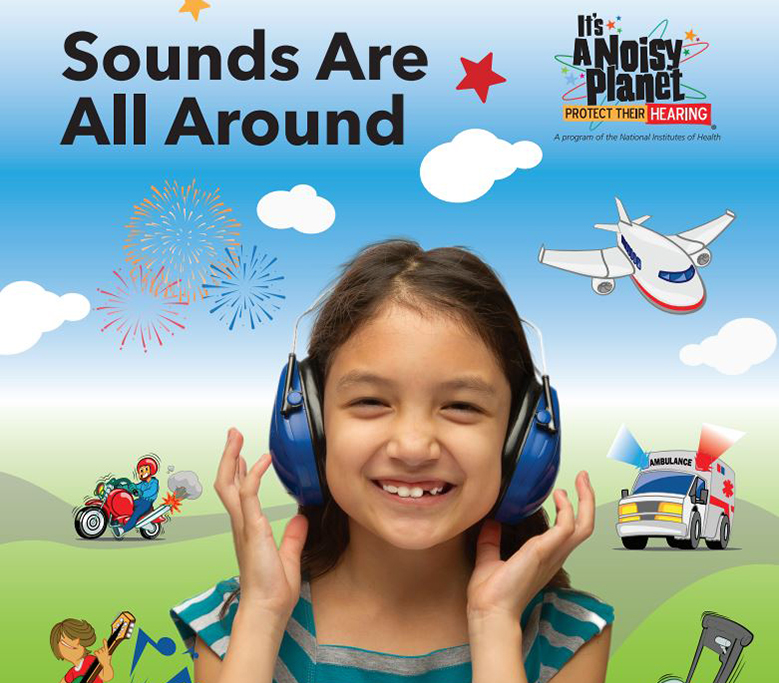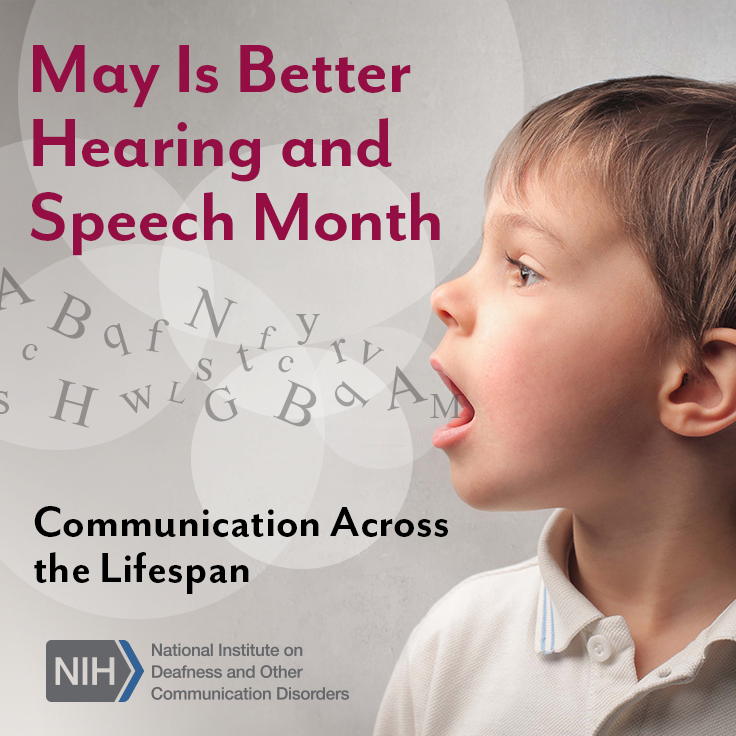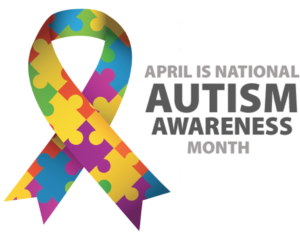Every season brings about new and traditional events that are mainly planned around weather and special occasions.
Summer is one season where people cannot get enough of outdoor activities such as swimming, motorcycling, outdoor music festivals, fire works and celebrations. All these summer adventures come with some risk to a person’s hearing health. It is no secret that Summer months are generally the peak season for noise pollution.

People needing their Vitamin D and fresh air add to the heightened noise we encounter during this time. Other common activities contributing to noise pollution are:
- Construction sites are more active
- Paving and road maintenance typically done during the good weather
- Increased traffic around common gathering areas
- Outdoor Music events
- Public gatherings in parks and recreation areas
- Sports venues
- Longer daylight hours that keep people active later
Summer Hearing Protection
As North America’s largest personalized industrial custom hearing protector manufacturer, hearing conservation is our only business. Custom Protect Ear (CPE) cares about hearing health for workers and individuals alike.
So, to better equip you for a noisy summer, we wanted to share some of our favourite hearing protection styles:
dB Life™ Sweet Tones Musicians Earpieces

Great for those outdoor concerts
dB Life™ Sweet Tones Musicians Earpieces are hearing protectors that reduce all frequencies equally by 9 dB, 15 dB or 25 dB with corresponding Flat Attenuation Filters. It is designed for musicians or concertgoers who want to hear music without distortion but with less volume.


Great for swimming in oceans, lakes and pools
The dB Life™ Swimmers are ear plugs designed for individuals who wish to avoid getting water in their ears. They are made from a special formula of silicones, custom blended to allow them to float. Note: This is not a hearing protector.

Great for biking, hiking, cycling or just working out
The dB Life™ All Sport earpieces and headset are designed to be comfortably worn under a helmet. Whether biking, skiing, snow boarding, cycling or pumping iron, ALLSPORT™ products offer the noise isolation and comfort of the dB Life™ custom earpiece and high-fidelity stereo sound from your digital music player (iPod compatible) or bike sound system.


Great for Traveling and or Camping
The dB Life™ Sleepers are is much quieter than exposing your ears to the noise you are trying to sleep in. Sleepers reduce the ambient sound about 20 dB. They still let you hear the smoke alarm, telephone, clock radio alarm, and baby crying. We wouldn‘t want it any other way.
dB Life™ Discreet Vented
dB Blocker Discreet custom fit hearing protection are a low profile option where conversation is also required. Used in hospitality and air travel where noise is an issue.

Great for everyday wear in noisy environments!
The dB Blocker™ Classic Vented and filtered hearing protector (earplug) is designed for situations where interpersonal conversation in noise is required without removing the protector.
So there you have it – these are some of our favorite hearing protection devices that allow people to get through the summer without incurring damage to their hearing. We also carry hearing protection for Security and Industrial sectors as well as communication devices.
Learn more about Custom Protect Ear’s Hearing Protection Products






 To the right is a sample of non scientific measurements made at a major fireworks show, with 9 measurements made during this large audience display. The range of measurement duration was between 52 seconds and 19 minutes, with some measurements of an entire display (#5) and some much shorter with just a single rocket (#9). Distance from the sound source was not specified. A summary of the overall data follows{{1}}[[1]]Tingay, J. Noise levels from fireworks – a very unscientific measurement, Noise News, November 2011[[1]]:
To the right is a sample of non scientific measurements made at a major fireworks show, with 9 measurements made during this large audience display. The range of measurement duration was between 52 seconds and 19 minutes, with some measurements of an entire display (#5) and some much shorter with just a single rocket (#9). Distance from the sound source was not specified. A summary of the overall data follows{{1}}[[1]]Tingay, J. Noise levels from fireworks – a very unscientific measurement, Noise News, November 2011[[1]]:
 Wear earplugs or headphones/earmuffs to protect hearing, especially that of children. For children, ear protection can have an additional advantage – the child will be less frightened by the loud sounds. Multiple styles of hearing protection are readily available at any sport shop or from a hearing professional, but for children, headphones may be the best choice because they are more likely to remain in place.
Wear earplugs or headphones/earmuffs to protect hearing, especially that of children. For children, ear protection can have an additional advantage – the child will be less frightened by the loud sounds. Multiple styles of hearing protection are readily available at any sport shop or from a hearing professional, but for children, headphones may be the best choice because they are more likely to remain in place.





 In addition to monitoring and training, employers must also provide workers with suitable equipment to protect hearing while at work. In fact, this is an OSHA requirement for workplaces where the noise levels meet or exceed 85 dB.
In addition to monitoring and training, employers must also provide workers with suitable equipment to protect hearing while at work. In fact, this is an OSHA requirement for workplaces where the noise levels meet or exceed 85 dB.

 April is World Autism Month, an annual opportunity for a dedicated conversation about autism spectrum disorder. Autism touches more than 70 million people globally. Approximately 1 in 66 children and youth are diagnosed with Autism Spectrum Disorder in Canada and this number continues to grow.
April is World Autism Month, an annual opportunity for a dedicated conversation about autism spectrum disorder. Autism touches more than 70 million people globally. Approximately 1 in 66 children and youth are diagnosed with Autism Spectrum Disorder in Canada and this number continues to grow.





SOURCE